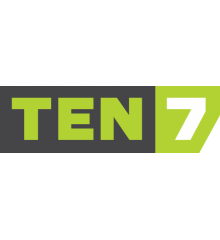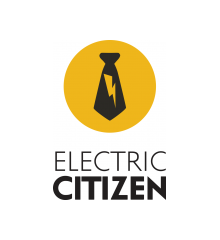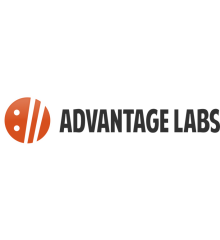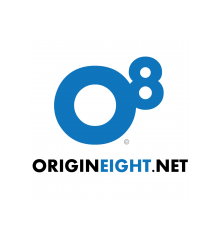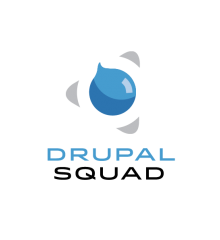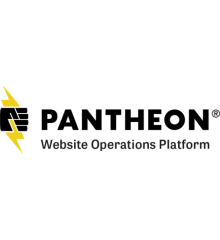Steve Sorenson
Nathan Strohkirch
Driving measurable results and creating an ROI attribution model for your digital assets and IT investments has never been more important. One opportunity in the market today is improving the UX and CX for the 72% of internet users who require content to be translated into the language they speak. When organizations translate their content, they are 150% more likely to boost revenue! In addition to ROI that is reflected on the bottom line, there are a tremendous amount of operational efficiencies to be gained when translation is done right.
If you/re new to understanding how translation and localization works, this session is for you! We’ll walk you through what the project looks like if you were to translate your content in 4-6 languages. You will learn how to evaluate the material you are translating and what technology is best. Common questions will be addressed, such as how to look at all of the URLs, what the size and scope of the project will be, and the associate costs to determine a starting point for budgeting.
We will discuss the quality of translation for the project looking at options such as Machine Translate (Google Translate), Post Edit translation that has MT and a professional human translator post edit, and one and two pass professional human translation processes. Finally, the session will cover managing international SEO.
Business Objectives:
-The Impact of Translation to UX, CX and the bottom line
-Understanding the basic steps to starting a localization project
-Using the right version of Drupal
-What languages to focus on
-What time and budget parameters to expect
-Reviewing successful case studies

